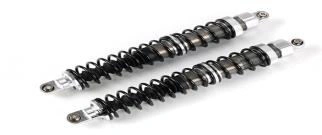Shocks
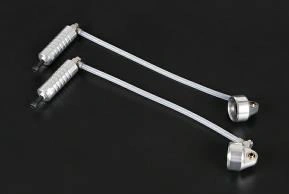
Shocks: Understanding the Basics
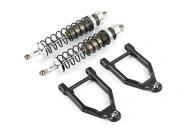
Shocks, or shock absorbers, are a critical component of any vehicle's suspension system. Their primary role is to dampen the movement of the suspension, absorbing energy from bumps and irregularities in the road. Without shocks, your vehicle would bounce uncontrollably, making for an extremely uncomfortable and potentially unsafe ride. Think of them as the unsung heroes working tirelessly to keep you grounded.
Why Shocks Matter
Beyond ride comfort, shocks significantly impact vehicle handling and safety. Properly functioning shocks ensure that your tires maintain consistent contact with the road surface. This is vital for optimal braking, acceleration, and cornering performance. Worn or damaged shocks can lead to:
- Reduced braking effectiveness
- Increased stopping distances
- Excessive body roll in corners
- Tire wear
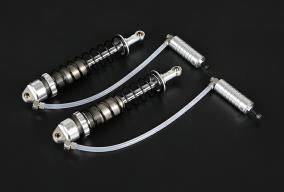
Types of Shocks
There are several types of shocks commonly found in vehicles, each with its own characteristics and applications:
- Gas-charged shocks: Often provide a firmer ride and better performance in high-stress situations.
- Twin-tube shocks: A more common type, offering a good balance of ride comfort and handling.
- Coilover shocks: Used in performance applications and usually adjustable.
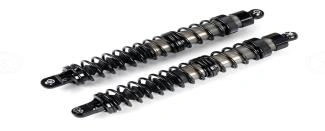
Signs of Failing Shocks
It's important to recognize the signs of worn shocks so you can address the issue promptly. Here are some common indicators:
- Difficulty controlling the vehicle on rough roads.
- Leaking fluid from the shock absorbers.
- Excessive bouncing after hitting a bump.
- Uneven tire wear.
Regularly inspecting your shocks and replacing them when necessary is crucial for maintaining a safe and enjoyable driving experience. Schedule a check-up with a trusted mechanic if you suspect any issues.
